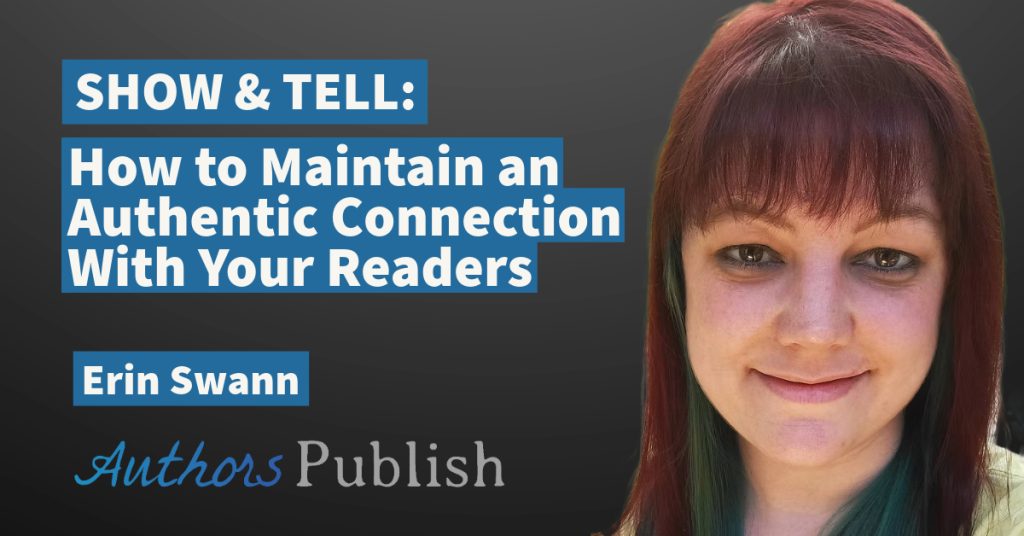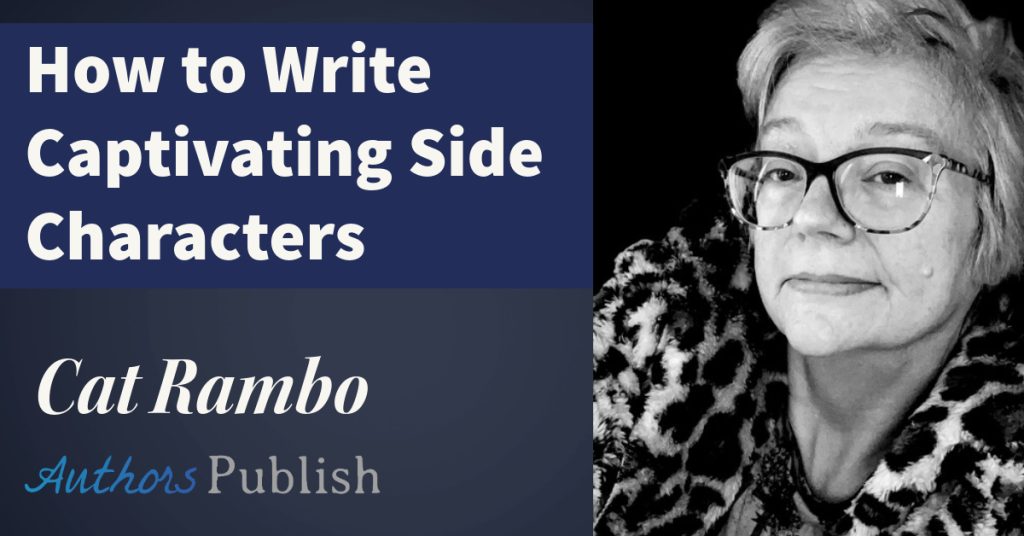Various readers have emailed me over the years asking about how often they should expect to be rejected. They phrase it different ways. Sometimes they ask if a ratio of four rejections to every one acceptance is good. Sometimes they ask if one acceptance a year is good.
The one single factor that affects your rejection rate the most is not the quality of what you are writing, but the acceptance rate of the journal itself.
Some literary journals accept up to 90% of what is submitted to them. Others accept less than 1%. This isn’t speculation, this is fact. There are two websites that monitor acceptance rates. One is Duotrope and the other is the (Submission) Grinder. They base these acceptance rates on data that members of the sites give them.
Most people who use Duotrope and The (Submission) Grinder report every time a piece of work has been accepted or rejected. Because so many thousands of writers use these sites, they have a fair amount of data to work with. Not every journal has acceptance rates listed there, but all of the popular ones do.
One could theoretically have an acceptance rate of almost 100% if one only submitted to literary journals that publish most of what they receive. If one only submitted to very established and competitive literary journals like the New Yorker and Tin House one could be an excellent writer with a 0% acceptance rate.
My personal acceptance rate is 13%. That doesn’t sound great, does it? But I never submit to a literary journal with an acceptance rate over 8%. Most of the journals I submit to have an under 1% acceptance rate. So context matters.
The competitiveness of the journals you are submitting to affects your acceptance rate more than any other factor. Which is why articles that suggest that rejection means that you have should written something better, are not very helpful. If the piece you submitted is very good, the odds of it being accepted goes up. But it also depends on that journal’s acceptance rate, and the personal taste of the editors, among many other, often arbitrary, factors.
Keep in mind that the context of acceptance rates is key when submitting! The only person I know who has a 50% acceptance rate while submitting, submits to less than 5 places a year. And all of those places? They have an over 50% acceptance rate. Sometimes a higher rejection rate can actually be a good thing. It means that you are challenging yourself.
Emily Harstone is the author of many popular books, including The Authors Publish Guide to Manuscript Submissions, Submit, Publish, Repeat, and The 2020 Guide to Manuscript Publishers.
She regularly teaches three acclaimed courses on writing and publishing at The Writer’s Workshop at Authors Publish.
You can follow her on Facebook here.






